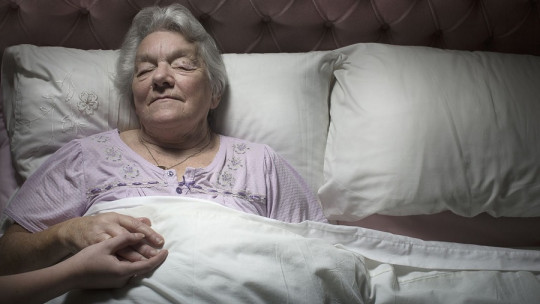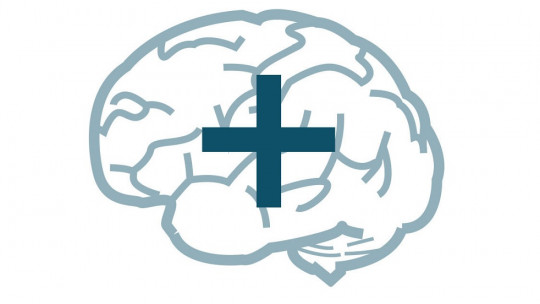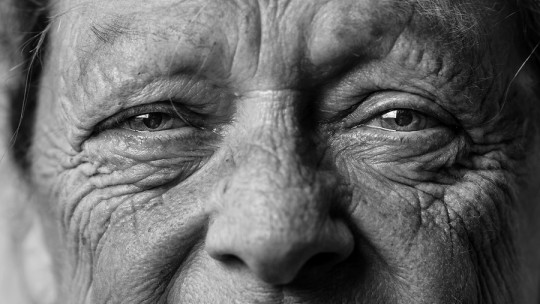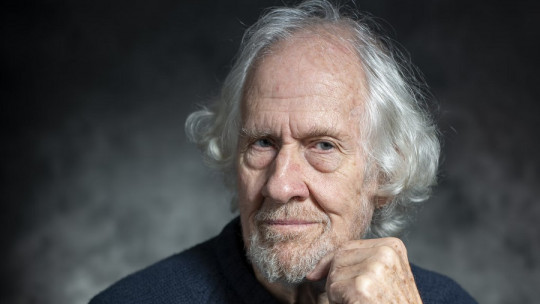
Restraints in older people specifically mechanical restraints such as chemical and pharmacological restraints, imply a limitation, retention or impediment in people.
The term containment evokes a more favorable meaning than “subjection.” This is why below we will define what mechanical restraints are, how they affect and the differences between containment, subjection and restriction.
We also explain what it implies the new manifesto of the National Platform without restraints whose signatory entities are the Spanish Committee of Representatives of People with Disabilities (CERMI) and the Dignified Care Foundation led by Doctor Ana Urrutia, among others.
What are containments?
The contentions are chemical or pharmacological, physical and mechanical retentions There are generally two criteria to classify them according to the theoretical review of the Physiotherapist expert in Geriatrics Sandra Márquez: the “acceptance of the person to whom it is applied” or the “temporary nature with which it is applied.”
CCMM Mechanical Containments
Mechanical containment is any material or mechanical instrument used to prevent a person from moving in order to prevent damaging movements to a person around you or at risk of falling.
However, from the international model of Comprehensive and Person-Centered Care (AICP) and from the perspective of Social Interventional Gerontology, this belief is erroneous since mechanical restraints cause damage that is difficult to reverse; Therefore, using restraints to prevent falls is considered malpractice, since the same restraints can also cause ulcers or high-risk falls, in addition to invading the person’s self-esteem and self-concept.
Chemical or pharmacological contents
Chemical or pharmacological containment is the use of medications that above all have an impact on the Central Nervous System reducing the need to wander, to verbally attack.
These contentions generate the inhibition of behaviors considered ”disruptive” in a residential or home environment, which is why the AICP considers malpractice actions since they are restrictive, do not facilitate the person’s functionality and autonomy, and have serious and complex adverse effects. As Burgueño (2005) defends, cited by Márquez (2017), it is about “the use of drugs (psychotropic or not) to treat a problem for which there is no better treatment.”
Physical restraints
Physical restraint refers to a space in which restrictive materials of the context are used They are often used in residences and also in homes to reduce the space in which the person can wander.
It refers to furniture, chairs, tables or any other material in the context in which the person resides that may restrict their movement in space.
Difference between containment and restraint
According to Rodríguez (2011) cited by Márquez (2017) and based on its review in the Working Group of the Social Services Ethics Committee of the Generalitat of Catalonia, containment is “anything that limits, retains or prevents a person from transgressing.” a physical, psychological or emotional limit. On the other hand, according to the author, the term subjection directly implies the restraint equivalent to physically tying
Manifesto of the National Platform without restraints
The Manifesto of the National Platform without restraints It is exhibited by the Dignified Care Foundation led by the renowned Geriatrician Ana Urrutia.
This manifesto has the signature of important entities such as Helpage International, Fundación Pilares, Dignitas Vitae, the General Council of Official Medical Associations, UPD and the LARES Foundation. Your goal is eradicate the practice of physical and chemical restraints on older people, people with disabilities and/or people with mental health problems Its mission is to raise awareness among society, professionals who are dedicated to care, and organizations.
Strategies to eradicate contention
Aligned with the BBPP Good Practices that every Gerontological Resource must exercise regarding sexuality in older people and/or in situations of dependency or vulnerability, the National Platform without restraints seeks to guarantee Comprehensive and Person-Centered Care fighting for taking action on strategies based on Geriatrics and Gerontology Therefore, avoid the use of physical and chemical restraints.
The strategies are developed by Gerontology and/or Geriatrics professionals (Psychologists, Directors, Occupational Therapists, etc.) always considering the Life History of the person, as well as their motivations and relatively preserved abilities.
Care Plans, what are they?
The Manifesto of the National Platform without restraints states that “all entities and organizations that care for older people in a situation of dependency or similar, at the different levels and sectors of care (among which residential centers as well as home care resources ) must be obliged to offer the people they care for the possibility of opting for “care plans” free of physical and pharmacological restraints.
Care Plans are individualized care programs commonly known in gerontology as PIAI (Comprehensive Individualized Care Plan). We must also consider that in Home Care (Home Care Service) these plans are considered in development and susceptible to improvement.
Containment and abuse in older people
Any professional, family or personal behavior that violates the rights of older people is considered inappropriate treatment, therefore an abuse We include in said abuse not only the violation of privacy or psychological violation but also the violation of freedom.
Restraints in older people are considered abuse, as well as other types such as situations of psychological or physical neglect, physical or verbal aggression, abandonment, etc.








